| Fecha | Área | Bruto |
|---|---|---|
| 4 March 2007 | USA | USD 59,901,040 |
| 25 February 2007 | USA | USD 59,873,825 |
| 18 February 2007 | USA | USD 59,839,040 |
| 11 February 2007 | USA | USD 59,731,690 |
| 4 February 2007 | USA | USD 59,462,475 |
| 28 January 2007 | USA | USD 58,964,680 |
| 21 January 2007 | USA | USD 57,602,410 |
| 14 January 2007 | USA | USD 54,704,190 |
| 7 January 2007 | USA | USD 48,344,025 |
| 31 December 2006 | USA | USD 38,305,620 |
| 24 December 2006 | USA | USD 14,142,760 |
| USA | USD 59,952,835 | |
| 11 March 2007 | UK | GBP 1,709,530 |
| 4 March 2007 | UK | GBP 1,376,570 |
| 25 February 2007 | UK | GBP 629,863 |
| worldwide | USD 99,480,480 | |
| Non-USA | USD 39,527,645 | |
| 18 February 2007 | Netherlands | EUR 131,252 |
| Fecha | Área | Bruto | Pantalla |
|---|---|---|---|
| 24 December 2006 | USA | USD 14,142,760 | |
| 25 February 2007 | UK | GBP 629,863 | 339 |
| 18 February 2007 | Netherlands | EUR 126,246 | 58 |
| Fecha | Área | Bruto | Pantalla |
|---|---|---|---|
| 4 March 2007 | USA | USD 16,555 | |
| 25 February 2007 | USA | USD 24,390 | 61 |
| 18 February 2007 | USA | USD 53,205 | 80 |
| 11 February 2007 | USA | USD 171,925 | 206 |
| 4 February 2007 | USA | USD 277,920 | 341 |
| 28 January 2007 | USA | USD 725,610 | 722 |
| 21 January 2007 | USA | USD 2,050,155 | 1,571 |
| 14 January 2007 | USA | USD 4,346,080 | 1,994 |
| 7 January 2007 | USA | USD 6,446,345 | |
| 31 December 2006 | USA | USD 14,239,635 | 2,218 |
| 24 December 2006 | USA | USD 14,142,760 | |
| 11 March 2007 | UK | GBP 149,594 | 158 |
| 4 March 2007 | UK | GBP 388,023 | 331 |
| 25 February 2007 | UK | GBP 629,863 | 339 |
| 18 February 2007 | Netherlands | EUR 126,246 | 58 |
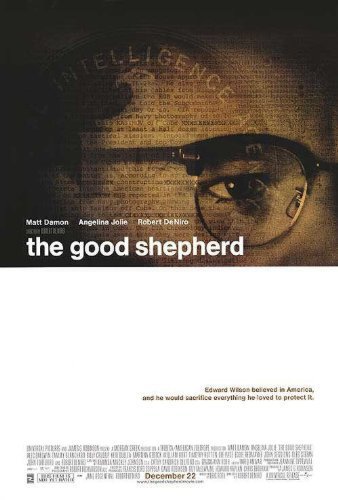
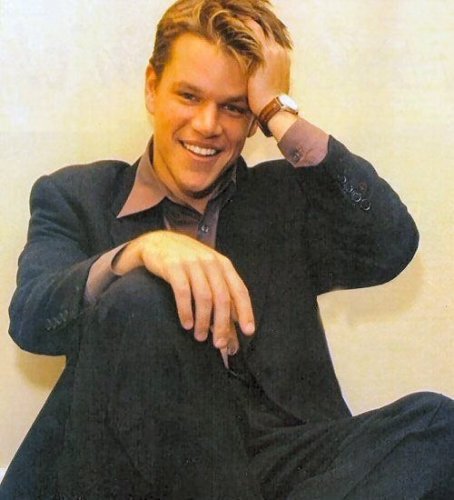

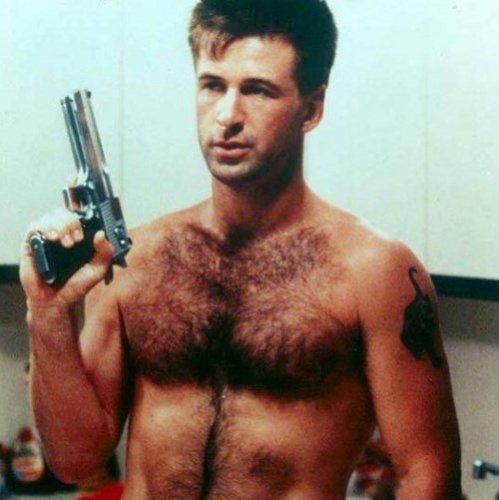

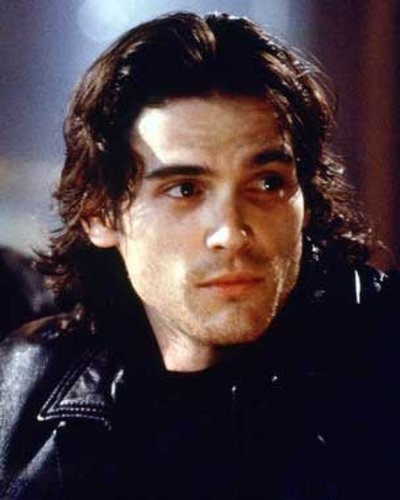
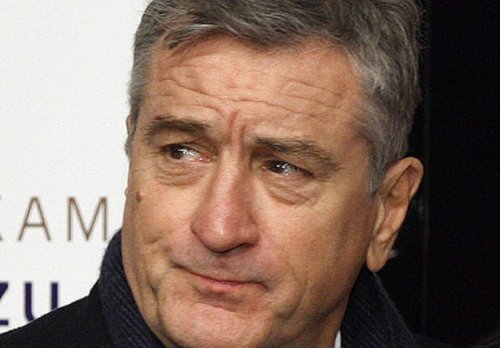


.jpg)


.jpg)
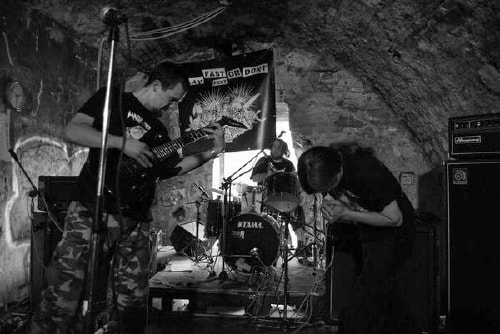

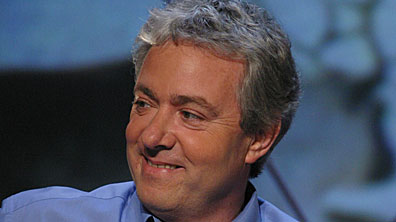









.jpg)







